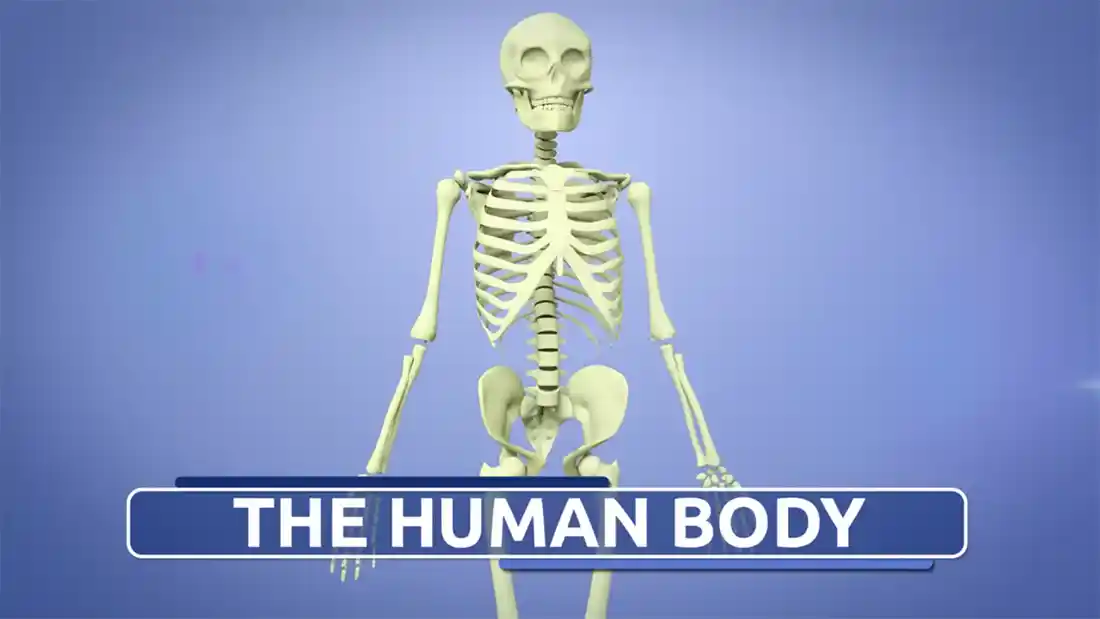

Endoskeleton, bones, skeleton, fats, organs, blood, movement, upright, structure.
As humans, we have an endoskeleton. There are two types of skeleton organisms can have. An endoskeleton is a skeleton that is within the body, encased within the skin. The other type is called an exoskeleton, which is more common in crustacean species, such as a crab or lobster. Their skeleton is external (hence the 'exo' part of the name). But what is the point of having a skeleton?

Although we have 206 bones in our body, babies have an amazing 270! When the child grows up, the bones eventually fuse together to make the 206 that we have as adults. This is why breast feeding and milk intake is essential.
The simplest way to explain this is to say they hold our body upright during everyday life. But they do so much more. There are six main functions:
They protect internal organs. This is a no-brainer. Oh, that's one of them. Get it? It protects the brain, and other organs - the lungs, heart, liver, brain and other smaller organs are protected by the ribcage, or the skull.
They store and release fats. That's right. The old myth of being "big-boned" - it's not so far from the truth. They do it all in moderation. If your body is starved of food and needs to produce fat, the bones will release fats into the body to help you until you find food. It stores it up when you are able to eat plenty.
They produce blood cells. Bones help with the production of blood cells. As bones create STEM cells, they can be given the function of blood before being released into the circulatoryAlso known as the cardiovascular system. system. They work alongside the other organs that create them, like the liver or the lymph nodes.
They store and release minerals. In a similar fashion to the fat storing and release function, bones store minerals that are needed for the body to survive and release them when necessary. The most common mineral you will associate with bones is calcium. This is present in drinking milk, and can also come in a chalky tablet form to take as a supplement.
They allow you to move. Along with the muscles in your body, the bones allow you to move around. Get up off a chair, go for a run, walk, play a sport, drive a car. Every day movements, but it's your bones that allow you to do this. For this to work, they need joints.
They help keep us upright. Simply put, without our skeleton inside our bodies, we would not be able to stand. Gravity would see to that, as it would push our mushy bits down onto the ground.
So, as you can see, our bones are extremely important for our everday lives. This means you have to look after them.
The following still is from a video on the bones in our body, with the following details:
Please click on the image to view the video.

 Healthline - 3D Skeleton Diagram
Healthline - 3D Skeleton Diagram
Here are a selection of links to items you could buy that would help teach some of the subject materials.
Disclaimer | About Me | Sitemap
Website design by SyntaxHTML.



Blue icons adapted from icons courtesy of Smashicons.com